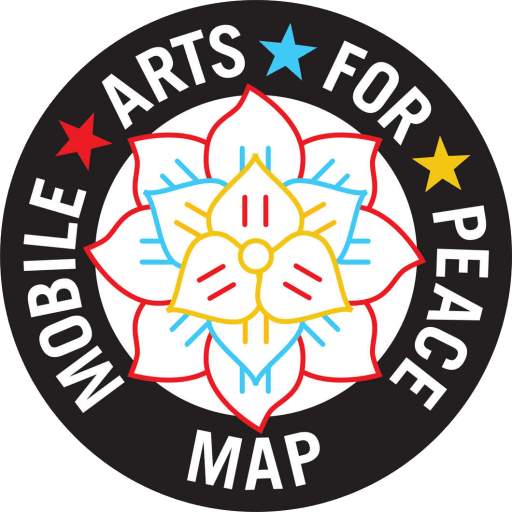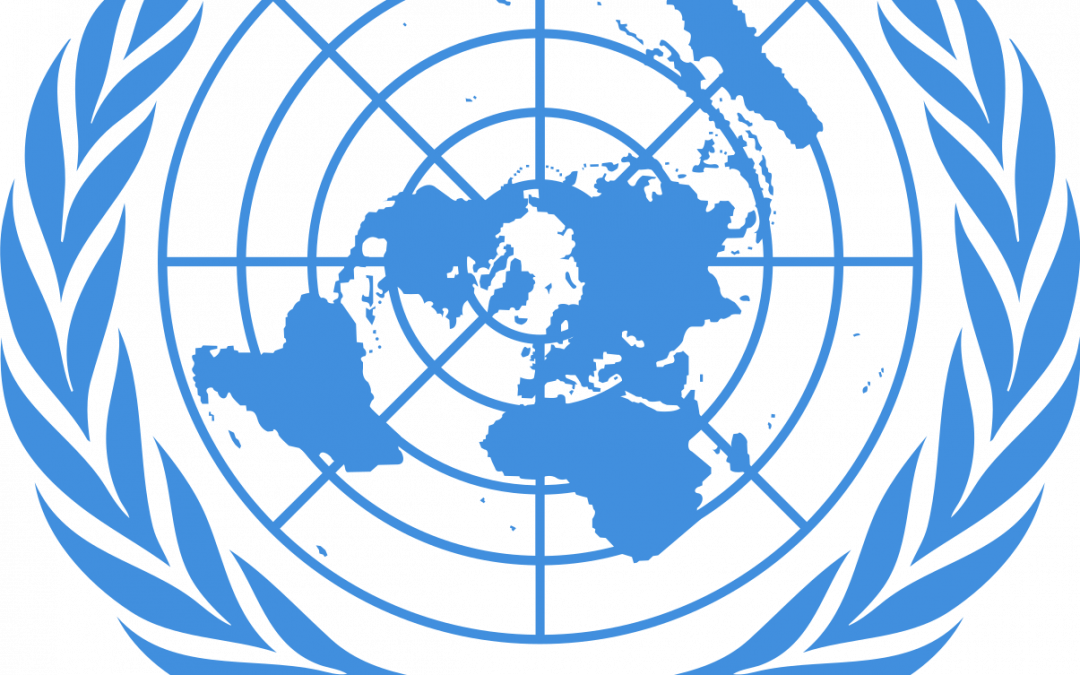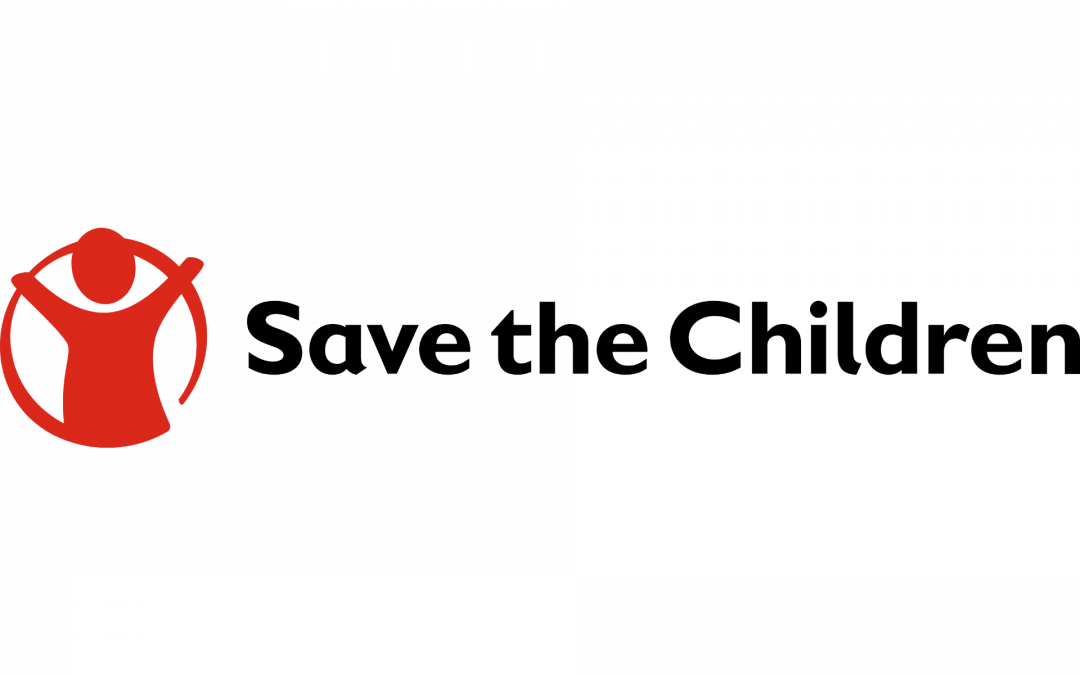
Children as agents of positive change. A mapping of children’s initiatives across regions, towards an inclusive and healthy world free from violence
Mobile Arts for Peace is a hub for resources and toolkits relating to arts-led peacebuilding initiatives. MAP’s website features recommendations for practitioners and researchers. The contents are the sole responsibility of The Office of the special representative of the secretary-general on violence against children
“We are in the midst of a new era of child engagement, where children are to be considered partners and key players in achieving change. Children are acting against violence and being part of the solution everywhere, taking forward positive change, working as partners with adults and young people.
As part of the mandate’s goal to promote meaningful participation, amplify children’s voices and actions and leave no one behind, the Special Representative took forward a mapping exercise to understand how children are taking part in today’s world, contributing with their views and solutions, and being agents of positive change.
Between April and November 2020, 245 case studies from 86 countries3 were reviewed,4 and in-depth dialogues were taken forward with 36 organizations working at global, regional, or country level.5 Additionally, through UNICEF’s U-Report, almost 5000 children from all geographical regions aged 13 – 18 were polled regarding their experiences regarding COVID-19.
This report provides an overview of the different actions taken forward by children mostly in times of COVID-19, but not limited to it. It looks at children’s diverse roles when helping to prevent, address, and report violence (including supporting their peers); it helps to understand how children are contributing and being part of the solutions when thinking about building back better, and how children are helping accelerate fulfillment of the Sustainable Development Goals (SDGs).
It showcases how children are collaborating with adults and with decision makers, and how children are proving to be agents of change. The report also addresses the many challenges organizations and children have faced in times of COVID-19, including those posed by digital channels when taking forward participation, reaching the hardest to reach, and having regular communication with children disrupted.”




Recent Comments